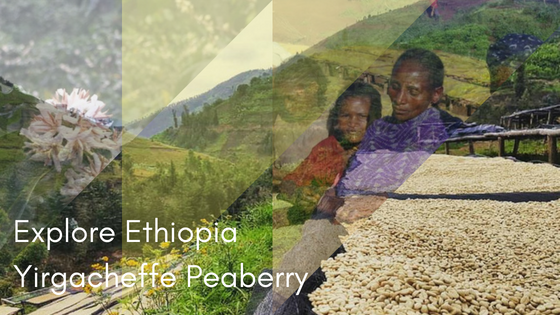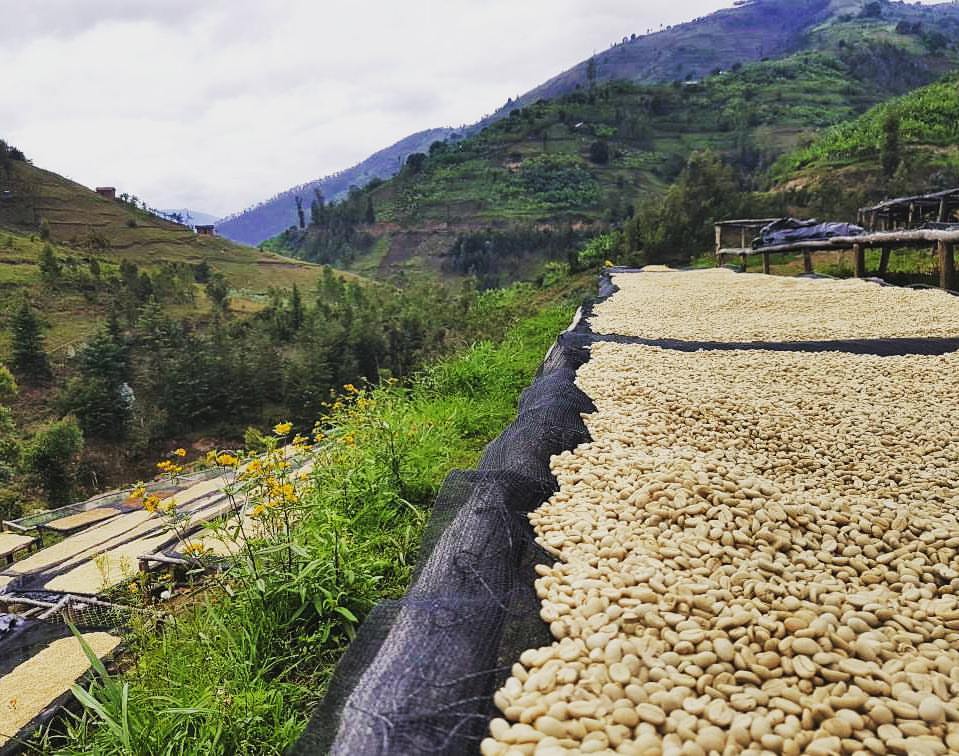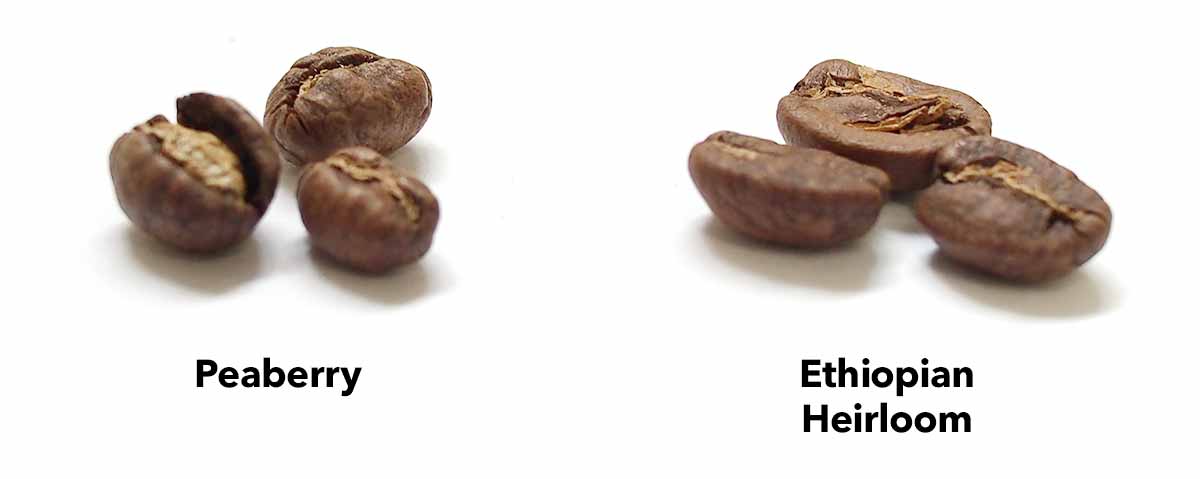Crema Trekkers: Explore Ethiopia Yirgacheffe Peaberry
- 7 Aug 2018

ETHIOPIAN COFFEE BEANS
The Ethiopian Yirgacheffee Peaberry is grown at 1,800-2,200m above sea level by a collection of small local farmers in the Gerdeyo Zone, SNNPR region.
Ethiopian coffee is simply known in Western countries as Ethiopian Heirloom, as our processes of export and import don’t provide the genetic information of the beans. The Ethiopian Heirloom is known for producing clean, floral and acidity-driven coffee, with unique fruit and berry flavours.
The Ethiopia Yirgacheffe Peaberry is processed using the Fully Washed method, and is best suited to espresso, black coffee and more robust brew methods like French Press.
Tasting Notes: Orange acidity with a medium body and notes of cocoa, sweet spice, black tea and peach. The aroma is earthy but rich with jasmine and spices.


YIRGACHEFFE PEABERRY – ETHIOPIA
This Ethiopian Yirgacheffe Peaberry is produced by selected farmers in the Kocher, Werda, Beloya and Kebele areas of the Gerdeyo Zone. The loamy soil is rich in nitrogen and the high altitude with plenty of humidity. The coffee is processed at the Bojiie mill, owned by Israel Degfa, who has built a dedicated, enclosed greenhouse to protect drying coffee from rain, smoke and other contaminants. The mill has also distributed over a million coffee trees to farms in the growing regions.
The term ‘peaberry’ (a.k.a caracoli or carcacol – Spanish for “snail”) refers to the natural mutation where only one bean forms inside the coffee cherry. Normally a coffee cherry produces two beans, side by side, producing a flat surface where the beans push against each other as they grow. Where only one beans forms, it develops a round ‘pea’ like shape because there is nothing for it to grow against and flatten it. The peaberry is also generally much smaller in size then twin beans. This natural anomaly can occur in Arabica or Robusta varietals and species, and is not influenced by altitude, region, cultivation or processing methods… it simply occurs at random in approximately 5-10% of coffee grown all across the Bean Belt.

THE GREEN BEAN PROCESS
The washed process relies on every stage of the growing, harvest and fermentation process being right, as the flavour is totally reliant on the bean having absorbed enough nutrients and sugars while growing.
The process begins by de-pulping the coffee cherries and leaving the mucilage intact for fermentation. The fermentation process can take anywhere between 1-4 days, giving the bacteria present in the fermentation tank time to break down the mucilage which is then ‘washed’ off at the end of the fermentation period. Once the mucilage has been removed the coffee is carefully sun-dried.


Image Sources:
https://samplecoffee.com.au/coffee/nyamasheke-pb
http://www.casabrasilcoffees.com/2009/07/what-is-a-peaberry/
https://royalcoffee.com/ethiopia-sidama-3-organic-natural-peaberry-sidamapb3/



